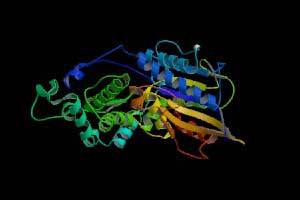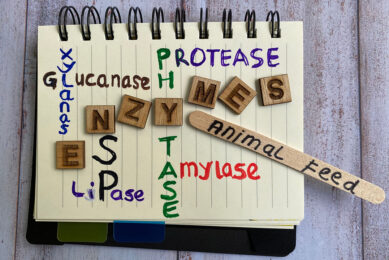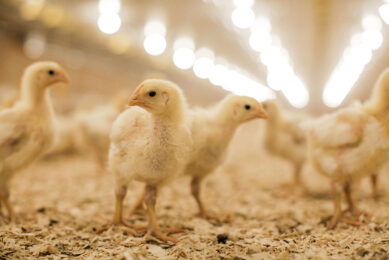Is Phytase enzyme the only weapon in the battle against phytate?

Approximately two-thirds of phosphorous in feedstuffs of plant origin is in the form of phytate (myo-inositol hexaphosphate; IP6) and is unavailable to monogastric animals.
Phytate also interacts with other nutrients such as protein and has a detrimental impact on the bioavailability of nutrients. On top of that, undigested phosphorous excreted by poultry and swine runs off into the environment and creates environmental issues.
Adding phytase enzyme to the diet has been the prime strategy to overcome phytate issue.
Meanwhile, the beneficial impact of proper feed processing on phytate degradation seems undervalued. A couple of previous studies in Australia and USA demonstrated that properly extruded soybeans (high-shear extrusion method) contain comparatively lower phytate (at least 16.7% less phytate) as a result of degradation of IP6 to IP5 (inositol pentaphosphate). Therefore, lower level of phytase enzyme needs to be added to an extruded-soybean meal based diet.
What are your thoughts on this? Do you consider this when formulating a diet?











